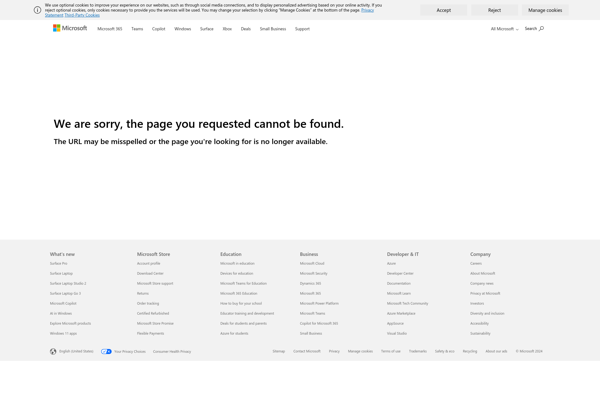VoltDB

VoltDB: In-Memory SQL Database
VoltDB is an in-memory SQL database designed for fast data ingestion and low latency query processing. It is optimized for applications that require high throughput transactions and real-time analytics.
What is VoltDB?
VoltDB is an in-memory SQL database designed to enable fast data ingestion and low latency access for applications that need to process large volumes of data and transactions in real-time. Some key aspects of VoltDB:
- An in-memory database that keeps all data in RAM for faster access.
- A shared-nothing clustered architecture that scales linearly with no single point of failure.
- SQL interface with ACID transactions for ease of use by developers.
- Horizontally scalable and fault tolerant to ensure high availability.
- Natively parallel execution of transactions for throughput in the range of hundreds of thousands of transactions per second.
- Built-in replication, partitioning, and commercial licensing for enterprises.
VoltDB is well-suited for applications such as financial trading systems, telecom applications, IoT platforms, gaming systems, and ad tech platforms that need microsecond latency transactions and analytics on fast moving data streams. The in-memory architecture delivers extreme speed while the SQL interface makes it easy for developers to work with.
VoltDB Features
Features
- In-memory database
- Horizontally scalable
- High throughput transactions
- Low latency queries
- SQL interface
- Real-time analytics
Pricing
- Subscription-Based
- Pay-As-You-Go
Pros
Cons
Official Links
Reviews & Ratings
Login to ReviewThe Best VoltDB Alternatives
Top Development and Databases and other similar apps like VoltDB
Here are some alternatives to VoltDB:
Suggest an alternative ❐SQLite
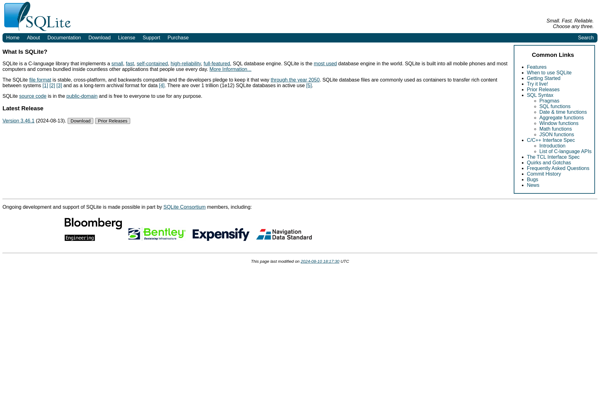
Redis
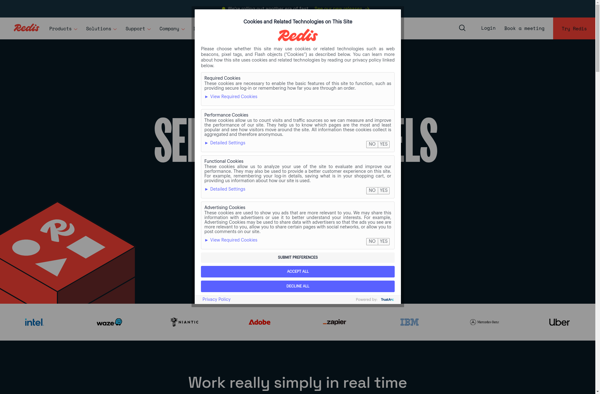
MongoDB
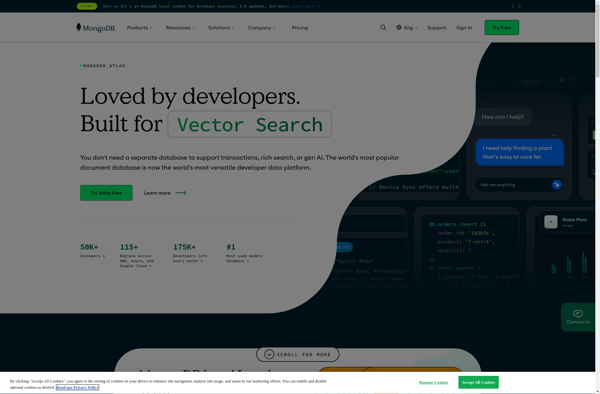
PostgreSQL
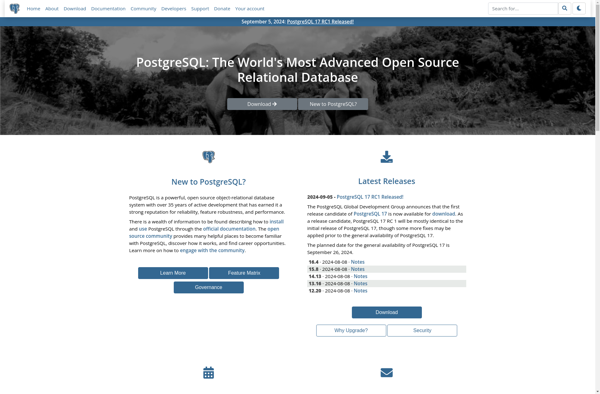
MySQL Community Edition
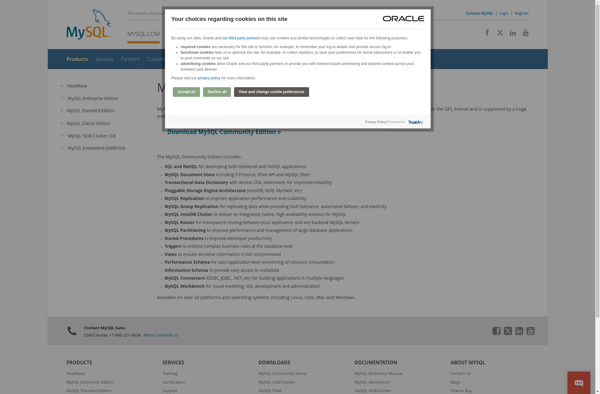
MariaDB
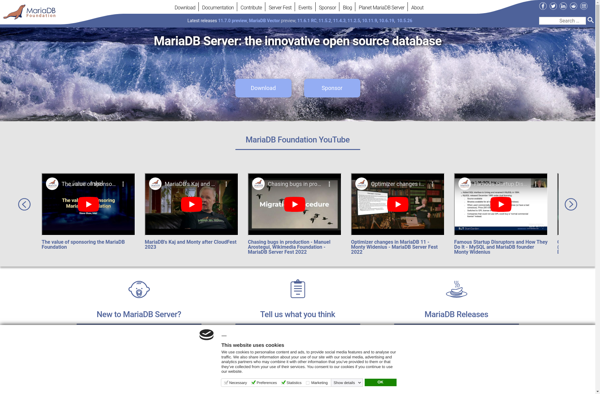
CouchDB
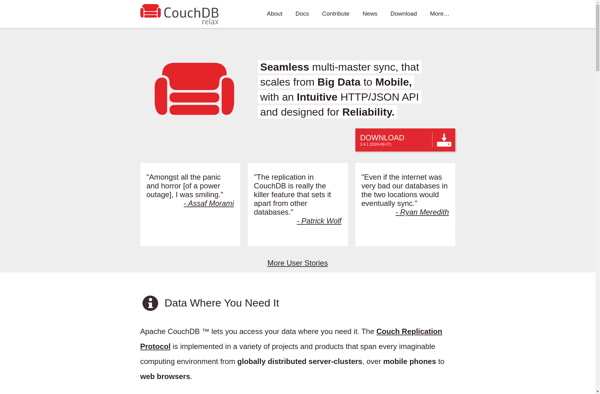
Microsoft SQL Server
